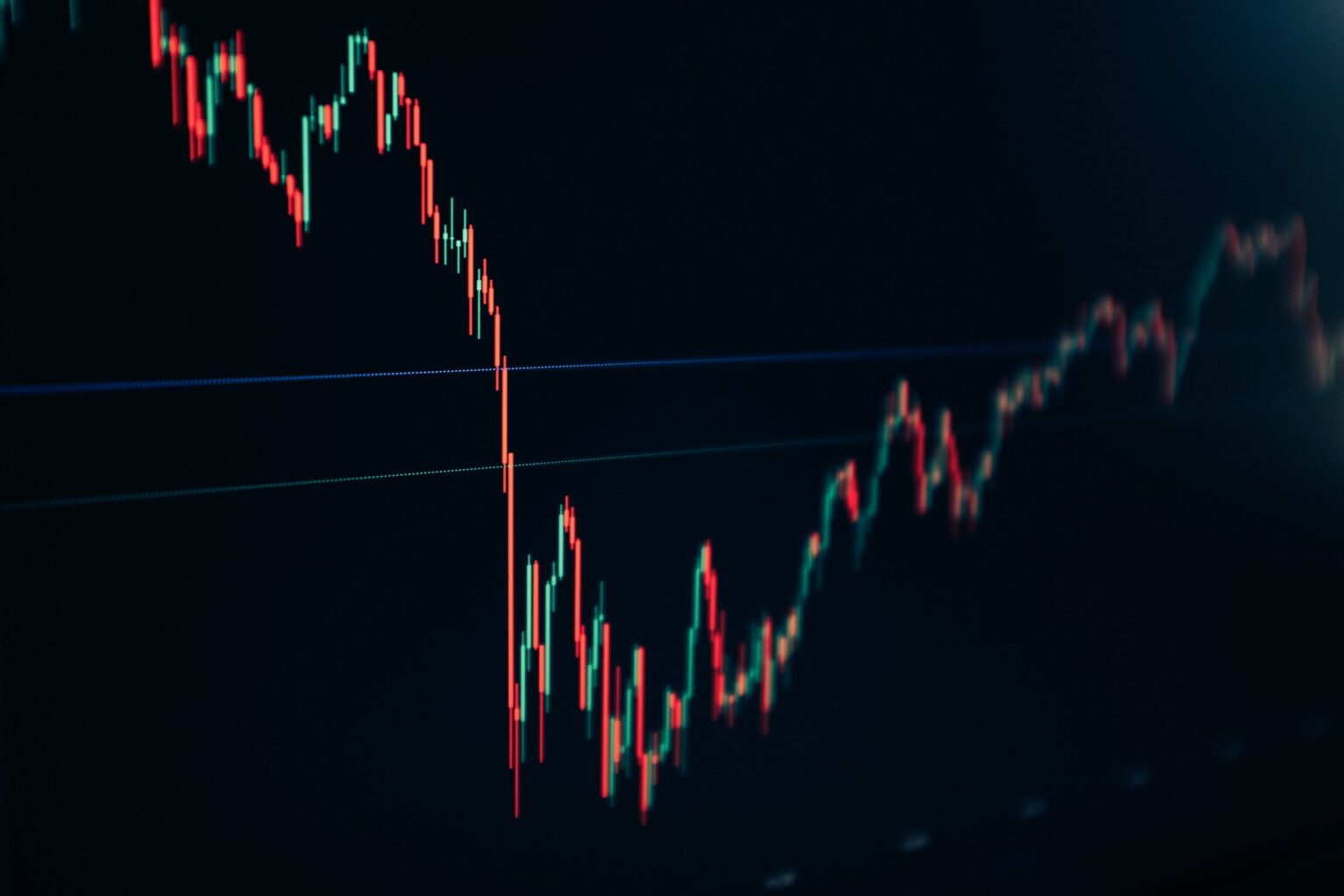In the ever-evolving world of cryptocurrency, navigating market trends and understanding investment opportunities can be challenging, yet exhilarating. As we delve into the dynamic shifts in cryptocurrency exchanges and trading volumes, we’ll explore the latest developments as of Q2 2025. With Bitcoin reaching unprecedented highs and derivative trading holding steady, it’s crucial to examine the factors influencing these changes. This guide will provide insights into these shifts and offer expert analysis to help you make informed decisions in the rapidly changing crypto landscape.
Analyzing Cryptocurrency Market Trends in Q2 2025: A Comprehensive Overview
Bitcoin’s Unprecedented Surge Amidst Declining Trading Volumes
In the second quarter of 2025, the cryptocurrency market witnessed a historic surge in Bitcoin prices, reaching a remarkable high of $111,900. Despite this impressive performance, the average daily trading volume surprisingly fell from $51 billion in the first quarter of 2025 to around $40 billion in Q2. This 10% decline in daily activity signals underlying shifts in market dynamics, primarily observed in the spot trading sector.
The overall spot trading volume saw a decline from $4.6 trillion in Q1 2025 to $3.6 trillion in Q2. Such a downturn is anticipated to persist into the third quarter of 2025, with estimated volumes between $3 trillion and $3.5 trillion, influenced by macroeconomic uncertainties and reduced liquidity.
Key Factors Influencing the Spot Market Decline
Despite Bitcoin’s stellar performance, several factors contributed to the drop in spot trading volumes:
– **Macroeconomic Context:** Global economic uncertainties and geopolitical tensions have impacted investor sentiment, leading to caution among traders.
– **Liquidity Challenges:** The cryptocurrency market faced liquidity constraints, particularly in altcoins, resulting in lowered trading activity.
– **Strategic Shifts:** Traders increasingly favored high-frequency derivatives trading, echoing trends from Q1 2025, as a strategy to manage risks and leverage market volatility effectively.
Dominance of Binance and Market Share Shifts
Amid a tumultuous quarter, Binance maintained its position as the preeminent cryptocurrency exchange, commanding 35.39% of the total trading volume. Although this represented a slight decline from its 36.57% share in Q1, Binance’s predominance remains noteworthy.
Other exchanges like OKX, Bitget, HTX, Gate, and KuCoin saw an increase in market share, with Gate leading the way with a substantial 2.55% rise. These shifts indicate a competitive and evolving exchange landscape.
Future Outlook: What Lies Ahead?
With Bitcoin trading at $118,786, the future holds promising yet unpredictable possibilities for cryptocurrency trading. Analysts anticipate continued growth in stablecoin market capitalization, which could influence liquidity flows into the digital asset space.
As the market evolves, staying informed through reliable platforms like Finances Zippy, which provide real-time price predictions and market insights, becomes crucial for investors aiming to navigate these changes effectively.
“`html
Is Fantom (FTM) a good long-term investment?
Fantom (FTM) has garnered interest due to its innovative scalable architecture and efficient transaction processes. Nonetheless, like any investment, it is pivotal to conduct thorough market analysis, monitor technological advancements, and evaluate the competitive landscape before committing to a long-term investment strategy in Fantom.
How does high-frequency derivatives trading impact the market?
High-frequency derivatives trading significantly impacts the market by providing liquidity and enabling traders to hedge against risks. This trading style leverages price volatility, hence offering opportunities for profit even in fluctuating markets. However, it can also lead to increased market volatility and requires sophisticated understanding and risk management strategies.
Why did the spot market volume decline despite Bitcoin’s price surge?
The decline in spot market volume, despite Bitcoin’s price surge, can be attributed to several factors, including macroeconomic challenges, liquidity issues in the altcoin sector, and a strategic pivot by traders towards derivatives as a more lucrative option.
What are the potential risks associated with investing in cryptocurrencies in 2025?
Investing in cryptocurrencies in 2025 poses risks such as market volatility, regulatory changes, technological advancements that may disrupt market dynamics, and security threats like cyber attacks. Investors should remain vigilant and well-informed to navigate these risks effectively.
“`
In conclusion, this detailed examination of the cryptocurrency landscape as of Q2 2025 provides crucial insights into market trends, exchange dynamics, and strategic trading shifts. By understanding these patterns and leveraging expert knowledge, investors can better navigate the complexities of the digital finance space.

